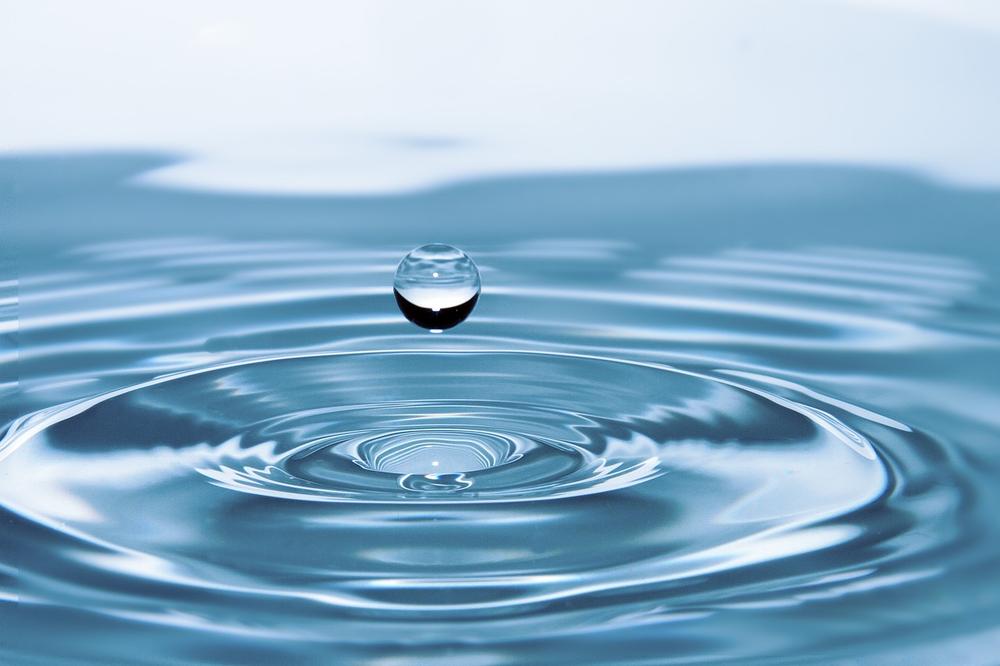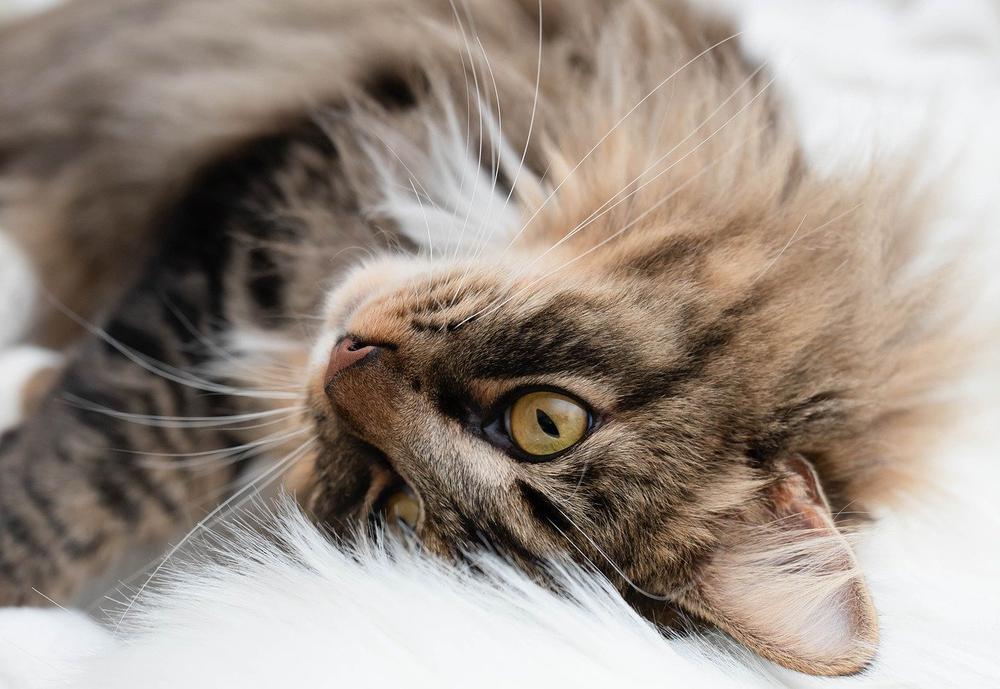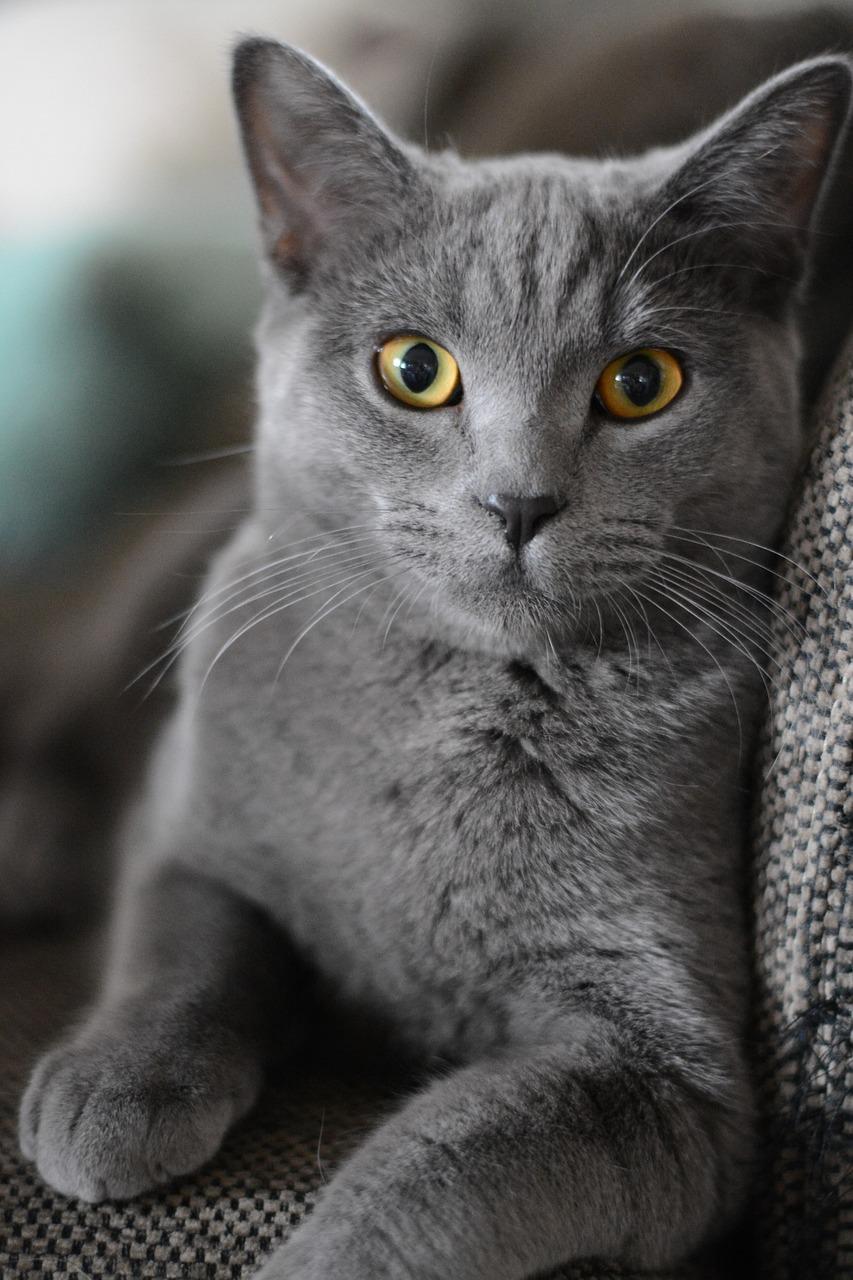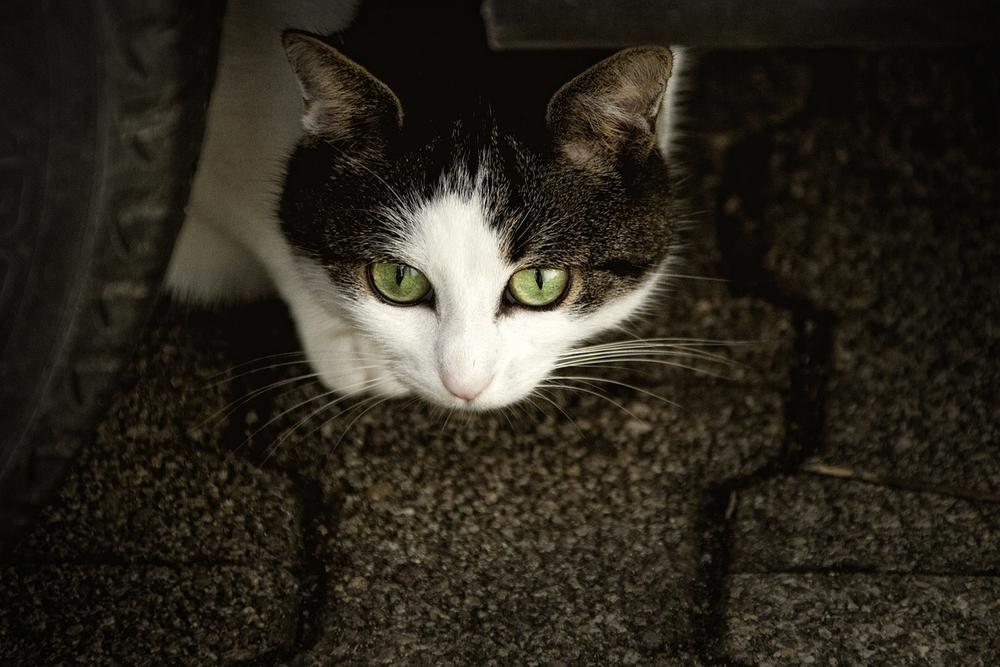Do Cats Drink a Lot of Water Before Giving Birth?

Think cats guzzle water like there's no tomorrow before popping out a litter of fur balls?
Worried your feline friend might dry up like a raisin?
Let's dive into the wet world of cat birthing, shall we?
Buckle up, folks! 😄
Hydration Levels During Labor and Pregnant Cats' Water Intake
Make sure pregnant cats drink plenty of water throughout their 9-week pregnancy.
To keep them and their unborn kittens healthy, make fresh water available in different places.
You have to monitor their water intake to prevent dehydration and complications.
Since gestational diabetes can increase thirst and urination, keep track of how much they drink and pee.
During labor, cats may get thirsty and vomit, so make sure they stay hydrated.

Labor in cats can last a long time, up to 36-48 hours, so feeding and hydrating them properly is crucial.
Some pregnant cats might not act differently, but others may become more affectionate or aggressive.
In summary, maintaining hydration is essential for the well-being of pregnant cats and their kittens. 😺
In conclusion, while ensuring the hydration levels of pregnant cats during labor is crucial, there's another aspect of feline motherhood that often sparks curiosity.
If you find yourself wondering if a nursing cat can get pregnant while caring for her kittens, I have written a helpful blog post just for you.
Discover the answer and gain valuable insights in my article - Can a Nursing Cat Get Pregnant.
Providing Adequate Water for Pregnant Cats
Making sure your pregnant cat gets enough water is super key to avoid dehydration and complications.

Here's how you can make sure she stays hydrated:
- Give her wet food or catsafe broths - not only does it up her water intake, but it also satisfies her taste buds and provides nutrients.
- Keep an eye on her water intake - watch how much she drinks during meals and how her weight is doing. This helps you know if she's staying hydrated enough.
- Scatter multiple water bowls around the house - cats are picky about where they drink from, so having choices might encourage her to gulp down more water.
- Mix water with dry food or try out broths - if she's a fussy drinker, making her food moist or giving her cat-friendly broths can increase her water consumption.
- Have warm water on hand during birthing - this prevents dehydration and keeps her comfy while going through the exciting process.
- Consult your vet first - before changing her diet in any way, especially if she has other health issues, check in with your veterinarian for guidance.
Ensure your pregnant cat remains well-hydrated and in good health during her pregnancy by adhering to these suggestions.
Now that you know how to ensure your pregnant cat stays well-hydrated, let's move on to preparing the birthing area and providing proper care throughout her pregnancy.
Preparing the Birthing Area for a Pregnant Cat
Get ready for your pregnant cat to give birth by following these important tips:
- Put soft towels or blankets in the birthing box to make it cozy and warm for your mama cat and her kittens.
- Don't do anything too rough with her towards the end of pregnancy to avoid any harm.
- As she nears the end, make a big, comfy spot in a quiet place that she knows and feels safe in.
- If she pops out her babies somewhere else, move them carefully to keep them safe and warm.
- Make sure the area where she'll give birth is calm, warm, and without drafts so she can relax and feel at ease.
- Have a plan in case something goes wrong and you need to take her to the vet.
- If you're worried about a tough delivery, get help right away from a veterinarian.
- Be ready to give extra care and feedings if the kittens get rejected, so they have a good chance at survival.
- Keep an eye out for signs that labor is coming, like bigger milk glands, milk production happening before birth, and white scabs on her nipples.
- Look for other hints that she's getting close, such as loss of appetite, heavy breathing, nesting behavior, and her temperature dropping below 100°F (37.8°C).
You can guarantee a secure and supportive setting for your pregnant feline during the delivery process by adhering to these guidelines.
But what happens after the mother cat gives birth?

How do you ensure the well-being of the newborn kittens and provide them with the care they need?
Let's dive into the crucial steps to take in order to support these precious bundles of joy as they navigate their early days.
You won't want to miss this essential information, especially if you're an expectant cat parent like me!
Monitoring the Newborn Kittens' Nursing and Hydration
Keep an eye on the newborn kittens to make sure they're nursing properly from their mother.
Use warm water when cleaning them, as it prevents hypothermia. Handling the kittens with care won't harm them or lead to abandonment by the mother cat.
Before giving birth, the cat's temperature drops to 37.2ºC (99ºF).
In the final week of pregnancy, you might notice behavioral changes such as reclusiveness or increased affection.
Labor has three stages: relaxation of the cervix and vagina, stronger contractions, and the passing of fetal membranes.
After birth, clean the kittens to clear their airways and let the mother cat bite off their umbilical cords.
The intervals between kitten births can vary from 10 minutes to an hour.
Newborn kittens can't regulate their body temperature, so keep them warm.
Initially, maintain temperatures around 85-90°F (29.4-32.2°C) and gradually decrease over time.
Post-Birth Care for Mother Cat

To ensure the well-being of your mother cat and her kittens, follow these 12 essential post-birth care tips:
- Provide a high-quality diet formulated for nursing cats.
- Monitor the mother cat's eating and drinking habits within 24 hours of birth.
- Seek veterinary advice if the mother cat fails to resume eating and drinking.
- Offer milk, food, and water to the mother cat within the first day.
- Remember that cats are lactose intolerant, so be cautious with milk.
- Join cat lover communities on platforms like Facebook for support and advice.
- Consider spaying the mother cat to prevent future accidental pregnancies.
- Consult a veterinarian for guidance on caring for the kittens.
- Keep the contact information of an emergency vet handy.
- Schedule a checkup for the mother cat and kittens within 24-48 hours of birth.
- Seek immediate veterinary attention for complications like retention of fetal membranes, metritis, mastitis, and eclampsia.
- Discontinue milking the mother in cases of milk fever and limit future litters to a small number of kittens.
Post-Birth Hydration for Cats Giving Birth
Key takeaways:
- Pregnant cats need increased water intake to stay hydrated and prevent complications.
- Monitoring water intake and frequency of urination is important to detect gestational diabetes.
- Cats may drink more water during labor, so keeping them hydrated is crucial.
- Labor in cats can last up to 36-48 hours, and ensuring they are well-fed and hydrated is important.
- Hydration is essential throughout the entire 9-week pregnancy process.
- Multiple water bowls should be available and cat-safe broths can be offered.
- Signs of pregnancy include changes in behavior and physical appearance.
- Attention should be paid to appetite and comfort level, consulting a vet if necessary.
- Switching to kitten food and increasing the amount of food is recommended.
- Providing a suitable birthing environment and anticipating possible complications is important.
- Signs of labor include an increase in mammary gland size and milk production.
- Warm water should be used to clean newborn kittens, and handling them carefully is safe.
- Temperature drops before giving birth and behavior changes may occur in the final week.
- Labor consists of three stages and newborn kittens need warmth.
- Post-birth care for the mother cat is crucial, including proper nutrition and veterinary check-ups.
And that wraps up today's article.
If you wish to read more of my useful articles, I recommend you check out some of these: Do Pregnant Cats Sleep a Lot, My Cat Is Not Eating Force Feeding Your Cat, Can You Travel With a Pregnant Cat, Why Is My Pregnant Cat Not Eating, and How Long Can a Cat Go Without Water
Talk soon,
-Sarah Davis